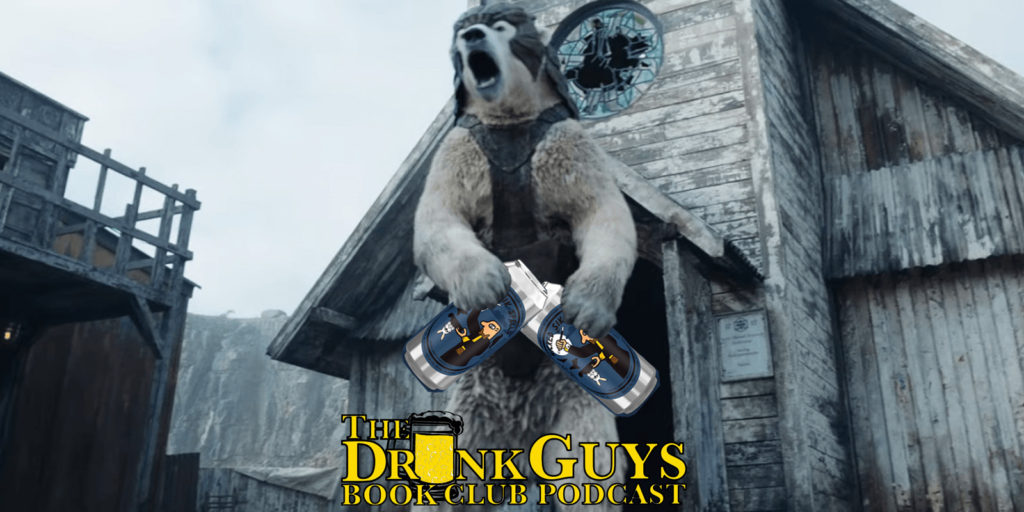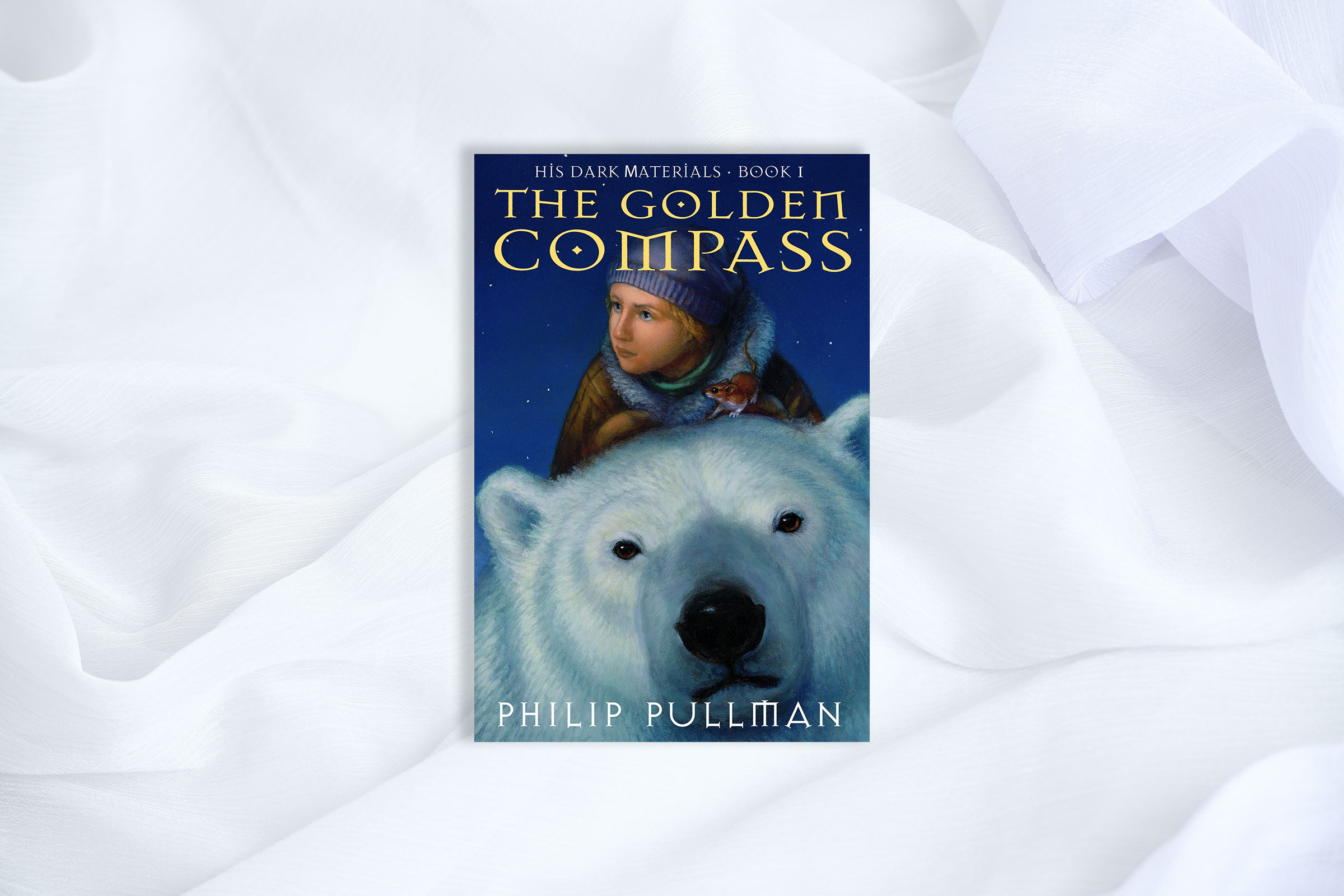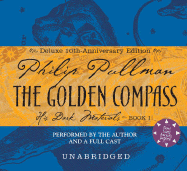

Even beyond the relationship with one’s dæmon, companionship has serious consequences. She takes joy in her dæmon’s pleasure but also fears his desire to stray. For example, while aboard a ship Lyra watches Pantalaimon take the form of a fish and play with a dolphin in the water. Even in characters’ relationships with their dæmons, insecurity and fear of abandonment are present. In this way, Pullman uses dæmons to draw out the broader theme of companionship and its sometimes difficult implications.

Moreover, if this bond breaks then a person is considered to no longer be whole. This is a powerful bond that strikes jealousy in nonhuman beings that do not have dæmons. In the world of The Golden Compass, dæmons accompany characters throughout their lives and even into the afterlife. There'll come a time when you'll be tired of his changing about, and you'll want a settled kind of form for him” (101). When Lyra asks why her dæmon must settle when she grows up, he suggests that the compensation for losing the adaptability of childhood is knowing what kind of person you are: “Ah, they always have settled, and they always will. Lyra’s sailing mentor offers her some related advice. Throughout the novel, Pullman plays with the tension between the joys and freedoms of childhood and the lure of becoming an adult and settling into one’s identity. However, she is also very eager to encounter new experiences. Lyra experiences angst when she realizes that her world must change. The Golden Compass centers on the story of Lyra, a young girl who must leave the protected realm of her childhood behind in order to confront challenges in an unfamiliar and often-scary outside world. It’s a testament, of course, to Pullman’s skill that those elements are woven seamlessly into a children’s story.Buy Study Guide Fleetingness of childhood


Children are killed and kidnapped, one of the book’s most terrifying villains is also Lyra’s mother, and the polar bears are ruthlessly violent. In some ways, The Golden Compass seems like an odd choice for an illustrated edition, despite its classic status (and despite its multiple film and television adaptations), simply because adding a visual component helps emphasize how truly unsettling some parts of the story are. The oversize volume has approximately the same trim size as Jim Kay’s illustrated Harry Potter books, which means many of you will already have a bookshelf tall enough to accommodate it! Wormell makes full use of the space he’s got, too – the book features several breathtaking full-page spreads of Pullman’s vividly imagined world. The Golden Compass, by Philip Pullman, needs no introduction, but even longtime fans of His Dark Materials will want to check out this new edition of the 1995 text, illustrated by Chris Wormell (who has also provided illustrations for Pullman’s Book of Dust trilogy).


 0 kommentar(er)
0 kommentar(er)
